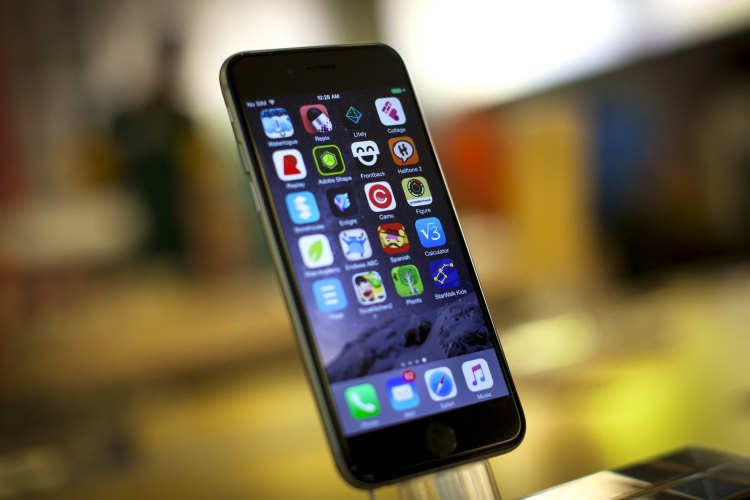The new iPhone 6S — as we expect it to be called — is by no means a surefire hit. Like every other phone launched into the market, the new iPhone 6 will have to contain some legit improvements over its predecessor, the iPhone 6.
The new iPhones will be announced at a press event September 9th in San Francisco.
The iPhone 6 and 6 Plus are hugely popular phones, mainly because the contain a major improvement that users had been howling for: larger screens. Measured diagonally, the iPhone 6 has a 4.7-inch screen and the iPhone 6 Plus has a 5.5-inch screen. Their predecessor, the iPhone 5S, has a 4-inch screen.
The iPhone 6S won’t have have to luxury of a big, obvious, and desired improvement like a size increase. The 6S will be the same size as the 6, if a little bit thicker.
So what’s the trick that will get iPhone owners to trade up to the new phone? Based on what we know right now, the answer is a screen with Force Touch control and haptic feedback, as well as better cameras.
Force Touch, which lets you press and hold on the screen to bring up new menus or navigation options, is a nice feature, but likely not enough to move someone to invest in an expensive new phone.
The camera, on the other hand, might move some people to consider the 6S. That’s because you don’t have to be a pro photographer to appreciate the quality of the camera on your phone. Anybody can zoom in on their vacation photos, or show them on a desktop display, and see the limitations in the current iPhone 6 camera.
The new phone is expected to have a 12-megapixel camera sensor on the back, which should create an improvement in photos and video that is easy to see. It would also bring Apple back into parity with the premium cameras on competing phones from Samsung, LG, and Microsoft.
This improvement in the camera could touch off that “I’ve got to have that” feeling we get shortly before we lay out the plastic for a new Apple device.
The iPhone 6S will offer many other feature upgrades, too, like a faster chip, (possibly) a brighter screen, better quality aluminum, a faster 4G radio chip, and more colors. But it’s hard to see any of these being something that moves people to buy.
Apple may be able to close the sale on the iPhone 6S with all these individual features, the new cameras, and a lower price tag — all wrapped up in a nice little package. Any one of these components, by itself, likely won’t be enough.
And Apple should be feeling a little bit of pressure on the price point. In the Android world there’s been an obvious movement toward selling devices with premium feature sets at below $400. See the OnePlus 2 and the Nextbit Robin phones for examples. This, experts say, is where Android phone makers need to compete, because trying to sell $750 premium phones against Apple and Samsung is a very tough game. Just ask HTC.
I don’t think the story ends there, however. Some people who would normally pay that $750 for the next iPhone might be tempted to save some money and buy a less expensive OnePlus, Motorola, or Nextbit phone. Add this to falling component prices, high competition, and falling consumer price expectations, and Apple probably can’t hang onto its high prices forever.
Now would be an excellent time for Apple to start making the downward price adjustment. It’s better to sell more phones for a little less money than it is to risk selling way fewer phones at iPhone 6 prices.
VentureBeat's mission is to be a digital town square for technical decision-makers to gain knowledge about transformative enterprise technology and transact. Learn More

